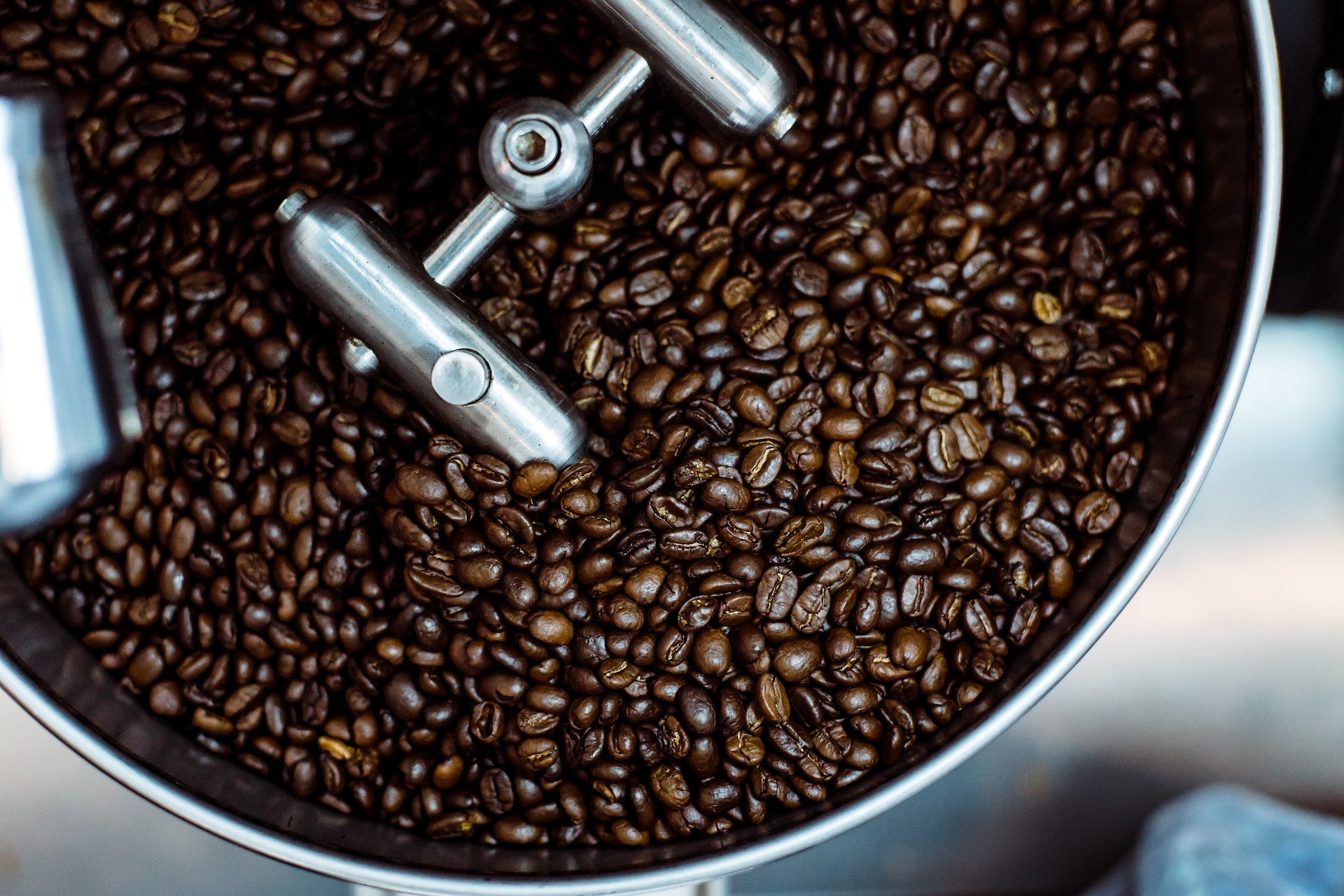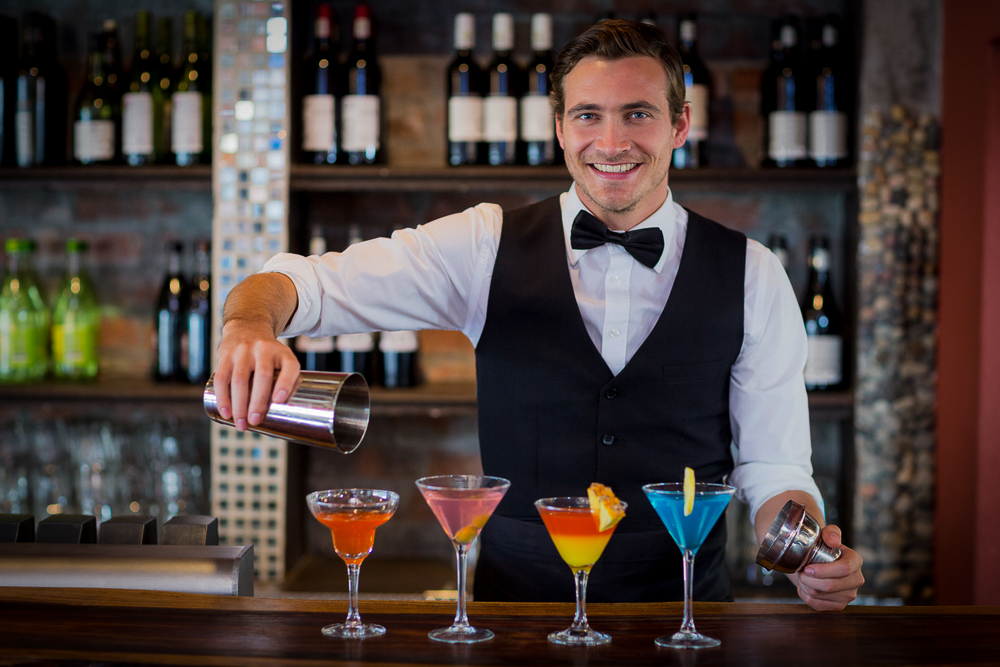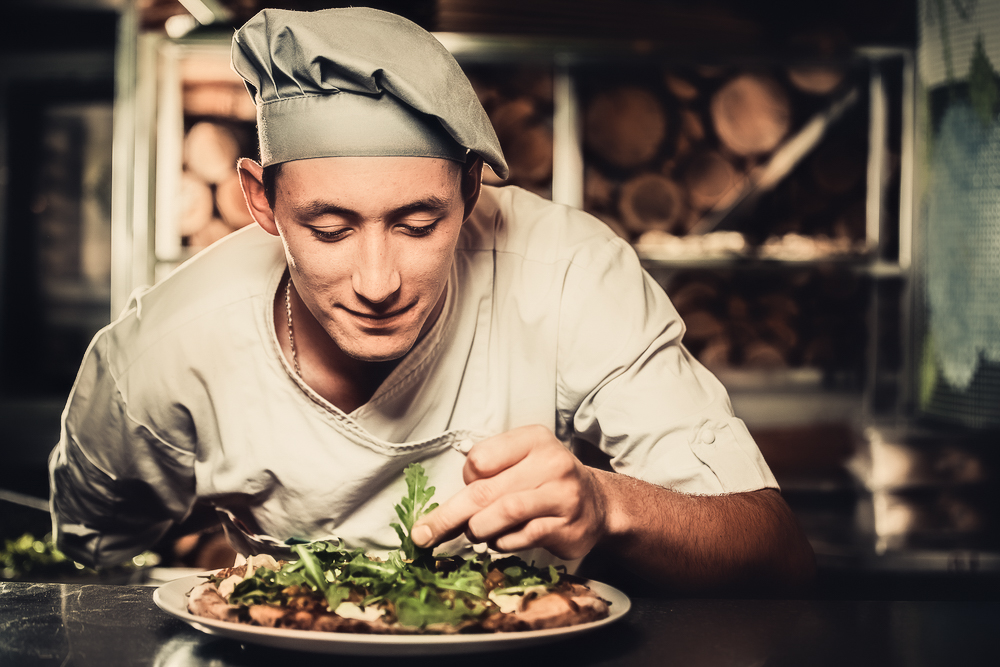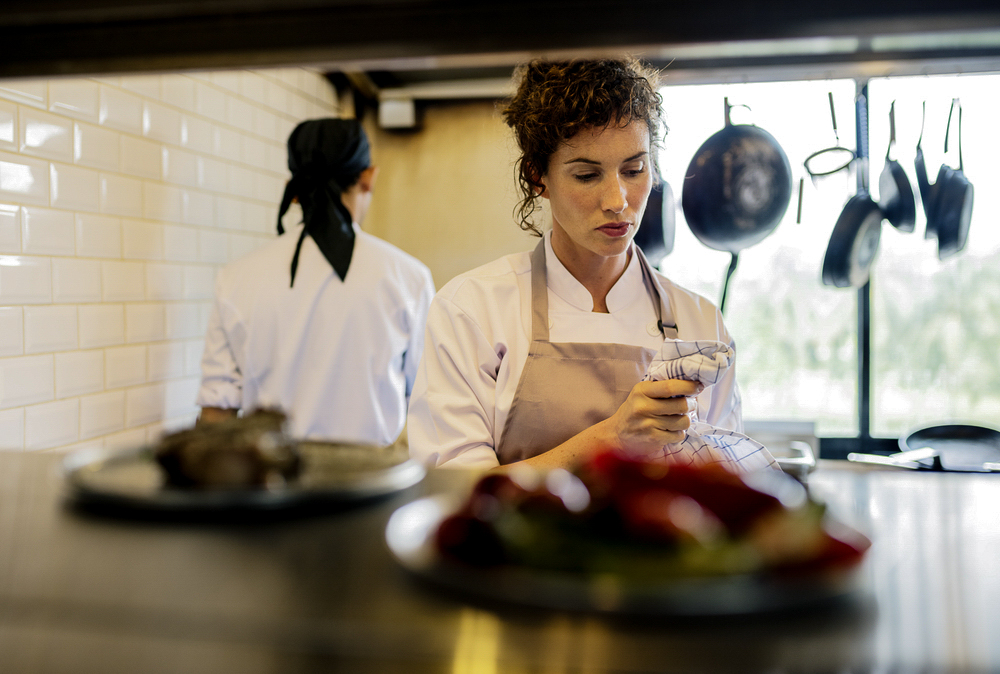
Every coffee bean has a story, and the coffee supply chain is a complex web of activities, actors, and events that ensures your morning brew tastes just right. Let's break down the process, so you have a deeper understanding the next time you're sipping on a flat white or enjoying a long black at your favourite café.
Farming and Cultivation
The tale of every coffee bean begins on farms that cultivate the unique flavours that become our beloved morning brew.
Coffee Growers
Coffee begins its journey on farms. Depending on the region, coffee farms can range from small family-owned plots to vast commercial estates. The main varieties of coffee beans are Arabica and Robusta. Arabica typically has a smoother, more desired flavour and is often grown at higher altitudes, while Robusta beans are more bitter and hold more caffeine.
Harvesting
Once the coffee cherries are ripe, they are harvested either by hand or by machine. Hand-picking ensures only the ripest cherries are selected, but it's more labour-intensive.
Processing
The journey from cherry to bean requires precision. Using various techniques, coffee is processed, laying the foundation for the flavours we love.
Wet and Dry Processing
After harvesting, the beans must be extracted from the cherries. Wet processing involves fermenting and washing the cherries to separate the bean. Dry processing, on the other hand, means laying the cherries out in the sun to dry before the beans are separated.
Milling
The processed beans are hulled to remove any remaining layers. They are then graded and sorted based on size and weight.
Export and Trade
In this global stage, coffee travels from remote farms to bustling urban centres, ensuring its quality is retained.
Coffee Traders and Exporters
Once processed, the green coffee beans are sold to exporters or directly to traders. Many Australian coffee businesses source their beans directly from these traders, ensuring quality and sustainable practices.
Shipping
Green coffee beans are packed into sacks and loaded onto ships. These beans can be stored for extended periods without losing their quality or flavour profile.
Roasting and Packaging
Where raw beans transform into the aromatic wonders we know, roasting draws out flavours while packaging keeps them intact.
Roasters
After arriving at their destination, beans are roasted to bring out their flavour. Roasting is a craft, and the roast profile (light, medium, dark) can greatly influence the taste of the coffee.
Packaging
After roasting, beans are quickly packaged to ensure freshness. This often takes place in vacuum-sealed bags or containers with one-way valves. These ensure beans stay fresh while allowing roasting gases to escape.
Retail and Brewing
The final touches, where skilled baristas and home brewers alike showcase the coffee's journey through every sip.
Baristas and Coffee Shops
The final step in the chain, but by no means the least important. Baristas are skilled artisans, trained to extract the perfect shot of espresso and steam milk to just the right temperature. The quality of the brew is heavily dependent on the skills of the barista.
Home Brewing
For those brewing at home, there are numerous methods, from the humble French press to the sophisticated espresso machine. It's a testament to the coffee bean's versatility and the myriad flavour profiles it can produce.
From the lush coffee farms to the buzzing cafes in Melbourne or Sydney, the journey of a coffee bean is filled with care, craft, and passion. Every step in the coffee supply chain plays a crucial role in ensuring that your morning cuppa is nothing short of perfection. Whether you’re a budding barista or coffee aficionado, spare a thought for the processes and people that make it all possible.




